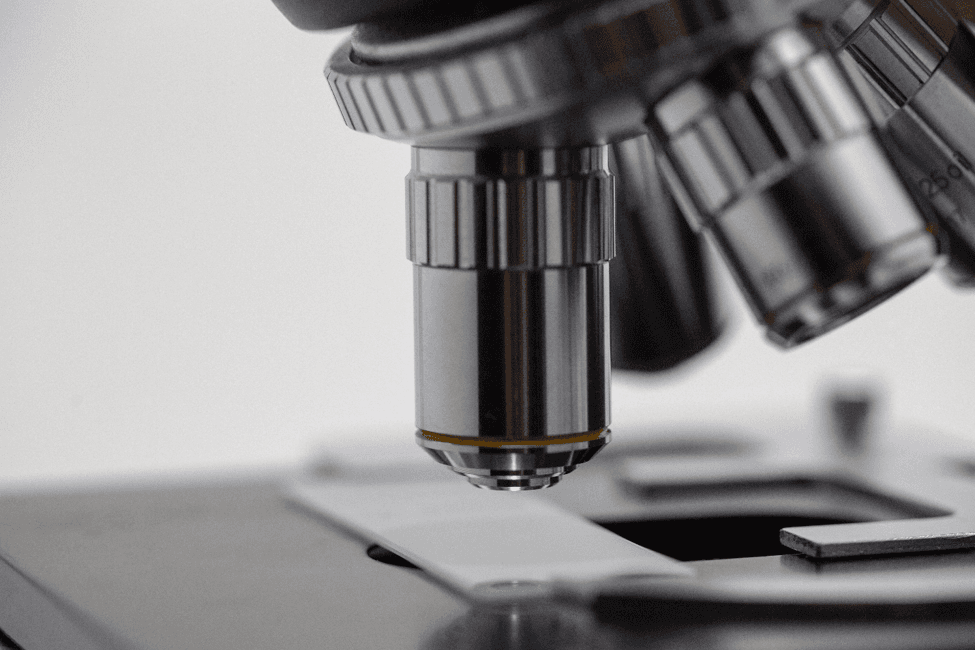

The hybrid microscope is a joint invention by researchers from the University of Illinois and the Cancer Center at Illinois. Furthermore, Rohit Bhargava is the head researcher for this project. Their research article is available in the Proceedings of the National Academy of Sciences.
During the biopsy of histological tissue traditional microscopy techniques require the use of special coloring procedures that use dyes. Also, such techniques color the sample tissue and show the shapes and patterns of tissue cells. However, they limit our view of molecular changes underlining cancer cell development.
One solution to this problem is the use of an infrared microscope. But this technology is expensive and common clinics cannot afford it. Because of this Rohit Bhargava and his team of researchers wants to find a more affordable solution.
Using the infrared microscope allows lab technicians to observe tissue samples without the need to color them. The team working on this experiment wants to create a similar tool that will capture cell images in the same way. That is, they want to give clinics a better tool for performing biopsies and diagnosing diseases.
The hybrid microscope uses infrared light and a digital camera to capture images of the tissue. Also, the researchers use a common light microscope that is found in most laboratories. Through this combination, they achieve the same quality of image they would get with an IR microscope.
Besides this, they also achieve additional benefits in comparison to the expensive IR version. The hybrid microscope has 10x larger coverage and 4x higher resolution. Not only that, it produces IR images of large samples and it does it faster.
Deep Learning Assists Research on Gene Interactions
Scientists Record the Assembly of Ribosome in Real-Time
Artificial Intelligence May Help Slow Down the Aging Process
https://www.eureed kalert.org/pub_releases/2020-02/uoia-hmc021220.php
